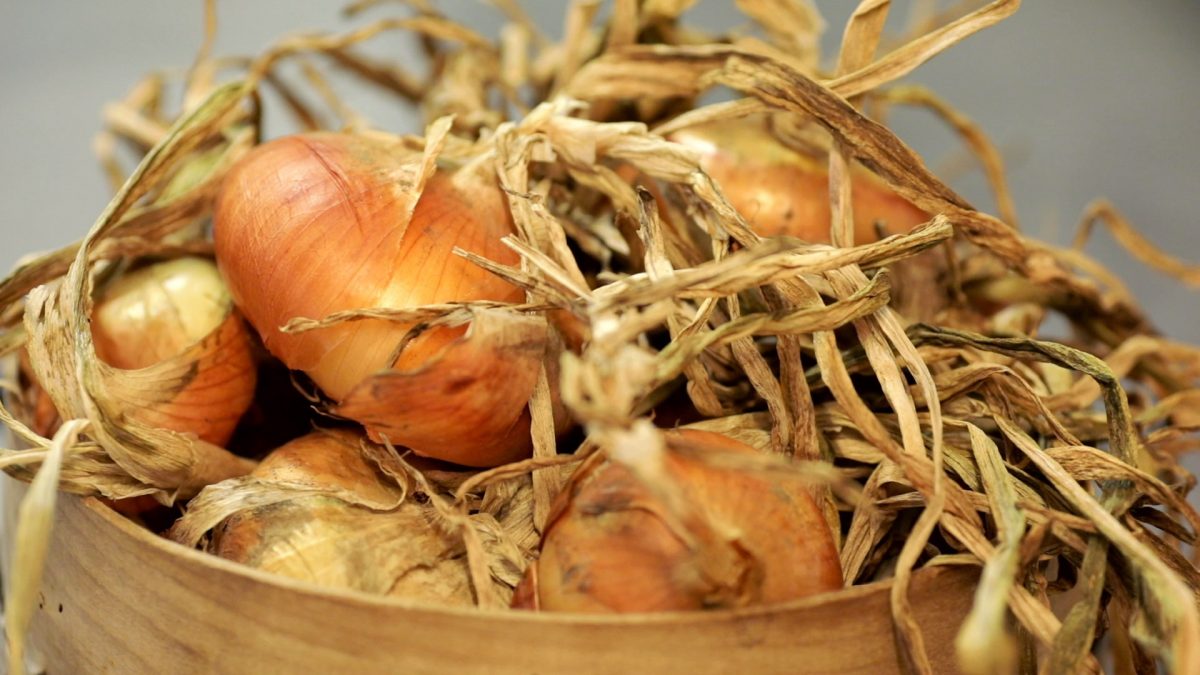The typical Novara cuisine to taste and enjoy
Defined as a true “food and wine power”, there isn’t a visitor who does not fall in love with the culinary delicacies of the ‘Belpaese’. The strong regional identities have given rise to variations full of flavour, to be savored with real pleasure and which are closely linked to local produce.
This love of food characterizes Italy from north to south, and has evolved as a series of different classic recipes even within the same region; enjoy a gourmet holiday without having to judge the winner.
Piedmont offers a wide range of traditionally tantalizing dishes and first class wines, products of excellence envied all over the world: in this scenario, the Province of Novara offers a series of outstanding and often surprising recipes. These can be enjoyed in both traditional trattorias and in gourmet restaurants, or even at lively village festivals. Follow in the footsteps of the Irish writer George Bernard Shaw who rightly said that “there is no sincerer love than the love of food”.
The paniscia, extremely good
In a land of rice fields, one of the main dishes can only be based on rice.
According to the locals, the paniscia Novarese is a symbol of “novaresità” or the excellence of the Novara province. This simple traditional dish is also found in versions originating in Valsesia, Vercelli and Lake Orta and there is even a Ligurian variant, all with differing ingredients. However, in honour of the Architect Alessandro Antonelli, the Novara recipe rigorously follows the original recipe.
It involves the use of a copper pot and large grain rice such as Carnaroli or Arborio, but also Baldo, Sant’Andrea or Roma (for many, the use of Carnaroli alone is imperative), salame d’la duja, mortadella fidighin, pork rind and lard, borlotti beans (left to soak for twelve hours), butter and shallots, seedless peeled tomatoes, a glass of Colline Novaresi red wine and beef broth.
An age-old dish full of simple flavours, with a clear peasant heritage; it seems that the name derives from panìco, a poor cereal used initially, then replaced by rice. It is served both “on the wave” (or still moist) and “sautéed”: everyone has their own method. According to the tradition of the lower Novara area, paniscia can be enjoyed without Parmesan: the choice is yours. An excellent accompaniment is the red wine Ghemme DOCG, but you can also choose one of the excellent local wines to crown a truly delicious dish.
THE PANISCIA
The Paniscia Novarese is a traditional simple dish that is also found in versions originating in Valsesia, Vercelli and Lake Orta.
The local artist, Luca Panozzo, has dedicated a song to this dish, a symbol of local traditions!

Paniscia Novara style
A thousand shades of risotto
There are many theories related to the cooking and consistency of risotto, typically Piedmontese, but all agree on the versatility of such a special dish.
In addition to the traditional pairings with mushrooms, sausage, zucchini or artichokes, try risotto with gorgonzola (the province of Novara is its undisputed homeland), with the Biond onion of Cureggio and Fontaneto – a Slow Food presidium product – with Campari using the Razza77 variety, with superfine Carnaroli with Prünent red wine, or with a more delicate Carnaroli rice, adding perch and lemon or perhaps pumpkin.
Try out various types of risotto, knowing full well that every dish tasted in this province bears witness to ancient traditions and a strong attachment to the territory. And since, according to the local saying, in the area of Novara: rice is born in water and dies in wine, a glass of wine is almost obligatory. The choice between the wines of the Colline Novarese and the four DOC red wines – Ghemme, Fara, Boca and Sizzano – will always result in an excellent wine.
DOC RED WINES
- Ghemme
- Fara
- Boca
- Sizzano

Risotto agli asparagi
Tapulone and Càsoeûla
Food is culture and culture is certainly not lacking in the Novara area: traditional local dishes make extensive use of local products and are all a triumph of flavours and full of character.
Food is culture and culture is certainly not lacking in the Novara area: traditional local dishes make extensive use of local products and are all a triumph of flavours and full of character. Among these, Tapulone – originally from Borgomanero, whose most rigorous recipes must be approved by the Antica Cunsurtarija del Tapulon – is a dish based on donkey meat, cooked in Boca DOC red wine with garlic, rosemary, bay leaf, lard and butter. There are many versions, so try one based on fish, such as tapulone with carp, potatoes and milk.
Càsoeûla Novarese,which is also found in other regions with some variations, contains goose meat, cooked for more than two hours with cabbage, lean pork ribs and a pig’s foot.
The Rustida, on the other hand, celebrates the pig, an animal from which nothing is thrown away, and even its lungs can be cooked, with heart, loin and sausage together with onion, tomato pulp and white wine. There are also local dishes such as Cavagliano stew, with potatoes, lard and tomato pulp, or donkey stew, which requires at least three hours of cooking and which, in Bellinzago, is prepared with onions, lard, red wine and tomato sauce. A variant of donkey stew is served with with polenta biscuits. Enjoy your meal!
THE ANCIENT ORIGINS OF THE TAPULONE
Among the most ancient historical documents pertaining to the origins of Tapulone, one dates back to the period of Spanish Domination in the 16th century.

The Bionda onion from Cureggio and Fontaneto, a Slow Food presidium
A multitude of temptations
The variety of produce from the area around Novara promises a real treat for the palate as well as many alternatives to stews and rice-based dishes.
The harmonious rows in the vineyards contrast with the lakes and rice fields of the lower Novara area, in a symphony of scents and colours, flavours to be discovered and tasted. Start with marinated fresh-water fish, such as whitefish, pike and trout, followed by a Rusticion di Prato Sesia, based on cabbage, potatoes, beans, onion and lard (there are variations in other towns, such as Sizzano, Romagnano Sesia and Cavallirio), frog legs à la Cavour (once upon a time the rice fields were full of frogs and in the Novara area you can find them fried, stewed, in an omelette …), pumkin flowers filled with Venere black rice (the variety of rice introduced in 1996, typical of Casalbeltrame), fried salvia, stuffed tomatoes Novara style, with parsley, breadcrumbs and garlic, pancakes wrapped in lard or wild mushrooms with leeks, onions and herbs.
As a first course, Cameri offers its version of Cannelloni alla Camerese, stuffed with veal, pork, beef, onions and spinach, or agnolotti with gravy. As a main course try the agnolotti with gravy. As a main course try the Novara-style fritters, based on pork, or pot-roast with orange, typical of Ghemme and mixed boiled meats in the Novara style, excellent with Boca wine. Enjoy your meal.

Agnolotti in a meat sauce
Sweet delights
The Piedmontese love sweets and are masters in the production of exquisite delicacies, especially dry biscuits, true products of excellence.
Rice biscuits, peaches stuffed with macaroons, almonds and low-fat cocoa, but also bread and chocolate cake scented with grape must, rice tart and custard, the Büsarola, the typical dessert of Romagnano Sesia, with walnuts, hazelnuts, almonds, raisins and dried figs, the Grèjè from Ghemme,a sweet made from corn flour, rye, wheat and dried figs, rice puddings, a mulberry blackberry cake (also used to prepare jams, marmalades, preserves and sorbets), the inevitable Brutti ma Buoni (those “alla novarese” were produced for the first time back in 1869 in Borgomanero), or the delicious fragrant and delicate biscuits from Novara.

Copyright Denis Rendesi - www.piemonteintavola.com
A visit to the Novara area will leave you with many memories, but one thing is certain: the local passion for food is something that will leave a lasting impression.









